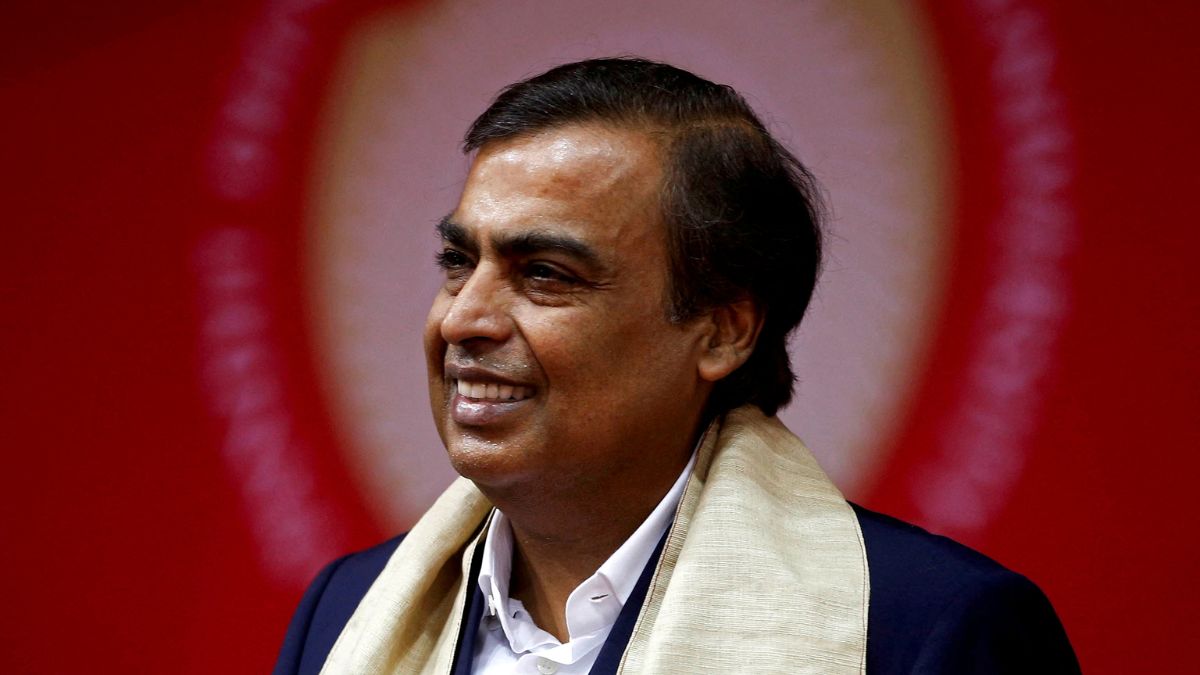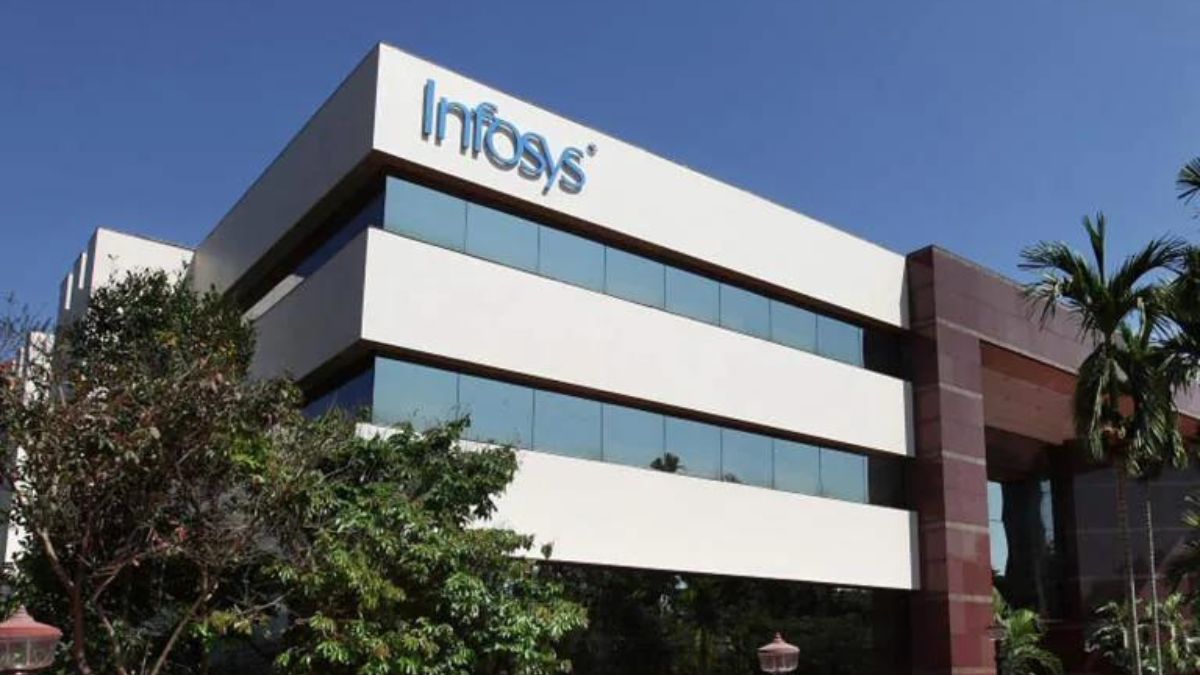The SBI has announced a hike in its Marginal Cost of funds-based Lending Rate (MCLR) across all tenors. Other banks may soon mirror this move, leading to loan EMIs rising for existing and new borrowers alike read more
)
Paying home loan EMIs has gotten costlier for many Indians after SBI raised the MCLR effective August 15. Pixabay
The cost of Equated monthly installments (EMIs) for paying back loans has gone up for customers of the State Bank of India (SBI). It may soon rise for customers of other banks also.
The SBI has announced a 10 basis point (0.1 per cent) hike in its Marginal Cost of funds-based Lending Rate (MCLR) across all tenors. This marks the third consecutive increase by the country’s largest lender.
Effective from August 15, 2024, the one-year MCLR—widely used as a benchmark for pricing retail loans such as home, auto, and personal loans—has been revised to 8.95 per cent from 8.85 per cent. The two-year and three-year MCLRs have also been adjusted upwards by 10 basis points, now standing at 9.05 per cent and 9.10 per cent, respectively.
Shorter-term MCLRs, including overnight, one-month, and six-month tenors, have similarly been raised by 10 basis points by SBI.
MCLR is the minimum interest rate a financial institution needs to charge for a specific loan. It dictates the lower limit of the interest rate for a loan.
The rate is determined by a bank’s operating expenses, the tenor premium, etc.
SBI’s rate hike comes shortly after the RBI decided to maintain its key policy rate, the repo rate, at 6.5 per cent earlier this month.
The repo rate is the rate at which the RBI lends money to commercial banks. Despite the central bank’s decision to hold rates steady, the hike in MCLR suggests that banks are responding to other pressures, including rising funding costs and inflation concerns.
This means that SBI’s tightening interest rate environment could soon be mirrored by other banks.
For borrowers, this means higher EMIs and a potential impact on household budgets. It may also prompt prospective borrowers to reconsider the timing of taking on new loans, as interest rates could rise further in the near term.
With inputs from PTI

 1 month ago
24
1 month ago
24
)
)
)
)
)
)
)
)
)
)
)
)
)
)
)
)
)
)
)
)
)
)
)
 English (US) ·
English (US) ·